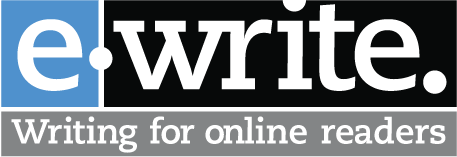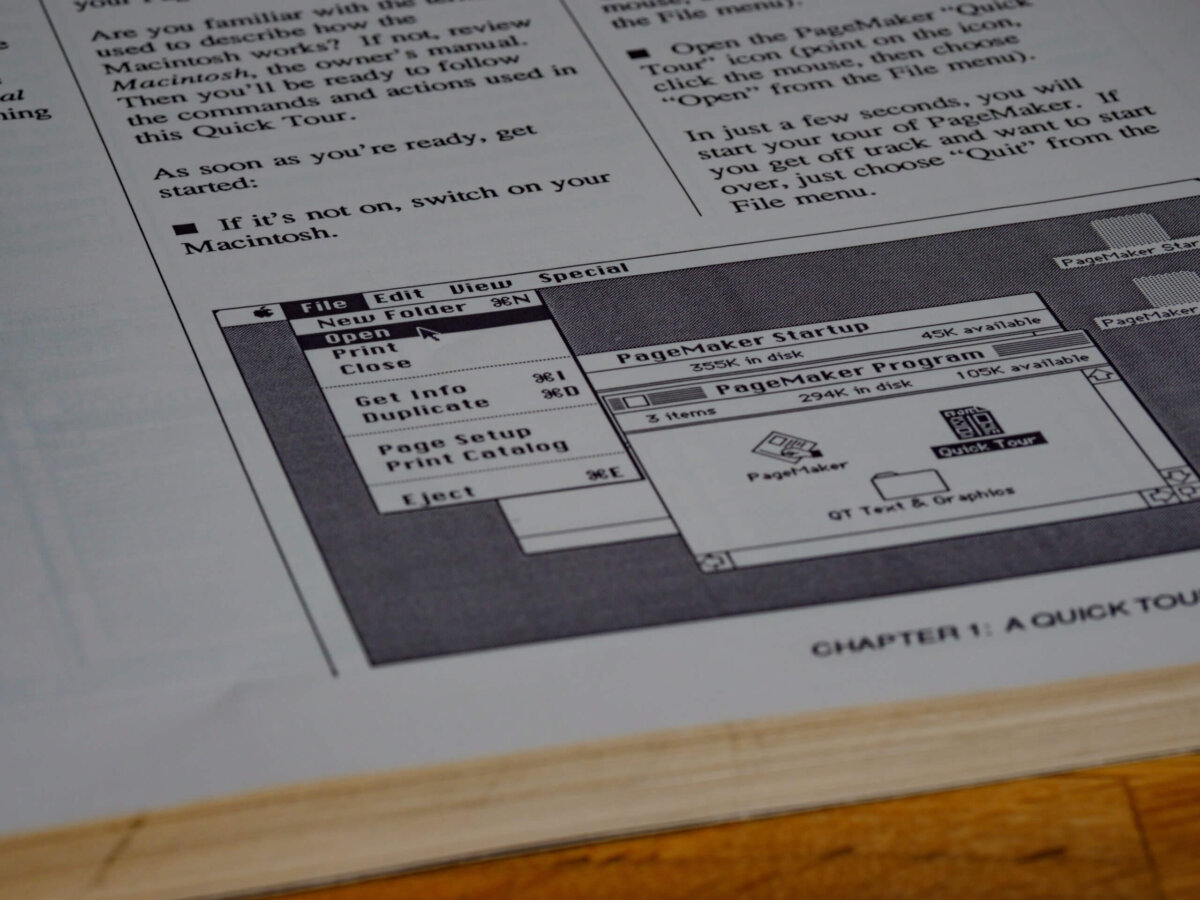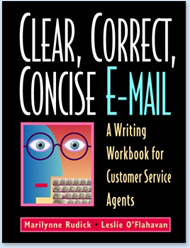I really need your help. A few days ago I tweeted about a new resource I’m offering for download at my site, a Guide to Writing for Social Media, which we authored for the Centers for Disease Control. This is a really nice free resource; it’s 57 pages long, chock full of great info including chapters on how to write for Facebook and Twitter, how to write texts, and how to use your web content as source material for social media messages.
So when I sent out my tweet about the Guide, I expected a good response — lots of downloads and a good amount of interacting, mentioning, and retweeting. I even hoped for a little bit of buzz, but what actually happened was … well … nothing. Or nearly nothing. One retweet. One. Six people downloaded the Guide, and though none of them are actually my blood relatives, three are such close colleagues that I have to admit they’re friends. My conclusion: I have written the World’s Worst Tweet.
Under other circumstances, I might be “proud” of this (anti) accomplishment, but given that my tweet was meant to promote a Guide to Writing for Social Media, I am troubled, even alarmed. I need your help: What is it about how I wrote this tweet that enabled me to KILL interest in a great resource? Comment here to share your thoughts about why my tweet is so stultifying. Revise it for me, please. I’ll publish your tweet and write a blog post about why you’re a great writer!
Here’s what I was going for in my (flop) tweet:
- Simple, direct, action-oriented. When there’s stuff to do, I always like to feature it, so I started off with “Download.”
- Connected. I included the @CDC-eHealth handle to indicate that the Guide has a health communication slant and to tie in to those who follow the excellent communicators at the CDC.
- Detailed. I squeezed in the page count to let people know the Guide is substantive, and I wrote “befores-&-afters” instead of “examples” to indicate that the Guide includes advice on how to transform dull tweets and posts. Oh, the irony.
- Hyperlinked. A nice short link – only one click away from the download.
- Hashtagged. I chose the #plainlanguage tag carefully, as we wrote the Guide for a government agency, and the federal plain language community is thriving. I thought the folks who track this hashtag would be interested in the Guide.
Having explained it, I now feel even worse about my World’s Worst Tweet. Help me out here. What went wrong??
Tags: Social media, Twitter, Writing resources







A couple of ideas:
* Maybe start with your target market’s overriding need; e.g. “Stuck for something to Tweet about?” “Does Tweeting make you tremble?”
* Mention FREE: “Download our free Guide to ….”
* Fifty-seven pages may sound daunting to those already intimidated by online writing. Sell the convenience; e.g. Easy tips, hints & how-to’s.
* For brevity, you may have to drop the CDC handle.
Anyway, hope this helps. Love your blog!
Elizabeth
I seriously doubt that you wrote the World’s Worst Tweet – but you may have written a boring one for the twitter audience.
My first thought is that many folks who would be following you on twitter are already fairly proficient at writing for social media, and that the people who could most benefit from paper might be following you in another manner.
What do you know about your follower-demographic? Are they mostly in government, or from a wide variety of professions? If they’re mostly in government, I’d target the tweet directly at them, and I’d use a hook to engage them.
I’d suggest a rewrite along these lines:
“Ever written an important work tweet that totally bombed? Here’s why nobody cared: http://bit.ly/OjxvGB”
Then for maximum effectiveness, edit your intro page to give a few quick examples of why social media writing can fail, then go on with the the rest of your current intro.
Finally, as a point of style and readability, I would leave off the hashtag, and instead work in the words “plain language.” When you do a search on the hashtag #plainlanguage in twitter, it actually brings back more results of people using the words than the hashtag: https://twitter.com/#!/search/%23plainlanguage
I’m not sure a 57 page guide (1 each for all the Heinz varieties?) computes in a twitter world – maybe I’d think more like a Mashable post – 10 ways tweeting can grow your business today – although I’d be surprised not to see this on your site already. Give a prize – first ten people to download the guide today get a coupon for 10% off an hour consultation?
how many of your followers are using their phones and therefore can’t download the guide? and then forgot by the time they got back to a computer?
Don’t require an interested party to trade personal info on a form for a “free” download. I linked over and navigated away when I found the price was to fill out a form.
I don’t tweet but I did download your guide because I received an email notice about it from CDC…maybe others have done it my way.
Hi, Marcia – Thanks for letting me know that you downloaded the Guide via the CDC. That’s great. I’m just hoping that people who want it get it!
Hi, Government Reader – Point taken. It’s true that you have to trade an e-mail address to get the free download. But if you don’t want to subscribe to my e-newsletter, I won’t use your e-mail address in any way. But, point taken. There is a “price.”
I would not say “Download our”, but simply “Guide to… ” or “Better writing for social media…” starting with the benefit or what it is rather than where it came from. Let me know how this on works. “Guide to better social media – tips, examples, how to’s (requires registration)http://bit.ly/N9fcnR “. Not sure if “for @CDC_ehealth limits audience (perception) or not. Might say for “for CDC but applies to all”. If #plainlanguage is an important hashtag then you might leave it in and take something else out.
Hi, Seth – thanks for the tweet rewrite ideas. I’m going to poach your wording and tweet right now! I’ll let you know what happens.
The name of the guide is not very exciting and lots of folks are already offering advice on the topic. You might try to figure out the unique selling point of your particular guide and rename it with that in mind. (I will download it now, so you can add one more to your tally.)